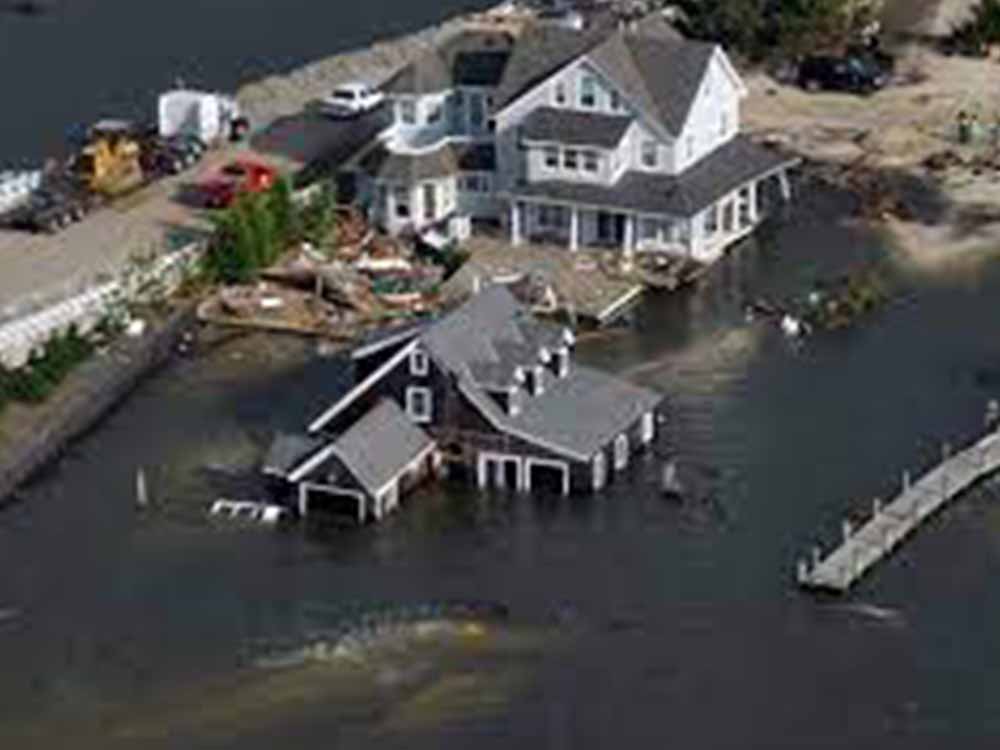Hurricane Sandy of 2012: The Devastating Superstorm
Hurricane Sandy, also known as “Superstorm Sandy,” was a catastrophic tropical cyclone that caused extensive damage in the Caribbean and the northeastern United States in late October 2012. It was the deadliest and most destructive storm of the 2012 Atlantic hurricane season, causing widespread devastation across several regions, including the Caribbean, Mid-Atlantic, and Northeastern United States.
Formation and Path of Hurricane Sandy
Hurricane Sandy originated from a tropical wave in the western Caribbean Sea on October 22, 2012. Gradually intensifying, it developed into a tropical storm on October 22 and then strengthened into a Category 1 hurricane on October 24. It followed an unusual path, moving northward before taking a sharp left turn towards the northeast, a movement that eventually led to its catastrophic impact on the United States’ East Coast.
Impact on the Caribbean
Before hitting the United States, Hurricane Sandy wreaked havoc in the Caribbean, causing widespread destruction and claiming several lives. Countries including Jamaica, Cuba, Haiti, and the Dominican Republic faced severe flooding, landslides, and infrastructure damage. The storm’s strong winds and heavy rainfall resulted in power outages, destroyed homes, and disrupted livelihoods, leaving many communities in a state of emergency.
Devastation in the United States
Upon making landfall in the United States, Sandy caused unprecedented devastation along the East Coast, particularly in New Jersey and New York. The storm surge, combined with high tides, led to severe flooding in low-lying areas, submerging homes, businesses, and public infrastructure. New York City, including Lower Manhattan, experienced its worst flooding in decades, paralyzing transportation systems and inundating critical facilities such as hospitals and subways.
Socioeconomic Impact and Community Resilience
Beyond the physical damage, Hurricane Sandy had profound socioeconomic implications, exacerbating existing socioeconomic disparities and vulnerabilities in affected communities. The storm’s aftermath underscored the importance of community resilience and social support networks in enabling communities to recover and rebuild in the face of adversity. Various community-led initiatives and grassroots organizations played a critical role in facilitating the recovery process, fostering a sense of unity and resilience among affected residents./











